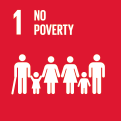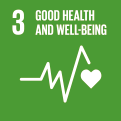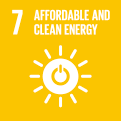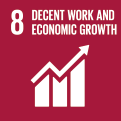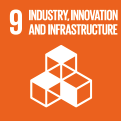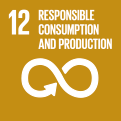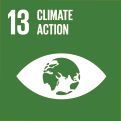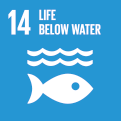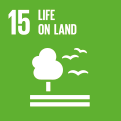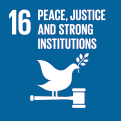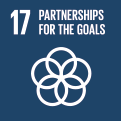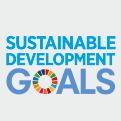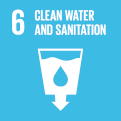
Global level
GOAL 6: Ensure availability and sustainable management of water and sanitation for all.
“Sustainable water resources are essential to human health, environmental sustainability and economic prosperity. This vital resource is under threat, making it crucial to address the challenges related to water, sanitation and hygiene for populations and water-related ecosystems. Currently, more than 2 billion people are affected by water stress, which will only increase with population growth and the effects of climate change. Achieving universal access to drinking water, sanitation and hygiene and ensuring that services are safely managed remain major challenges, and meeting them are crucial to further progress in health, education and poverty eradication.”
Source: United Nations, The Sustainable Development Goals Report 2017
Targets:
-
6.1By 2030, achieve universal and equitable access to safe and affordable drinking water for all.
- Indicator 6.1.1 Proportion of population using safely managed drinking water services
-
6.2 By 2030, achieve access to adequate and equitable sanitation and hygiene for all and end open defecation, paying special attention to the needs of women and girls and those in vulnerable situations.
- Indicator 6.2.1 Proportion of population using (a) safely managed sanitation services and (b) a hand-washing facility with soap and water
-
6.3 By 2030, improve water quality by reducing pollution, eliminating dumping and minimizing release of hazardous chemicals and materials, halving the proportion of untreated wastewater and substantially increasing recycling and safe reuse globally.
- Indicator 6.3.1 Proportion of domestic and industrial wastewater flow safely treated
- Indicator 6.3.2 Proportion of bodies of water with good ambient water quality
-
6.4 By 2030, substantially increase water-use efficiency across all sectors and ensure sustainable withdrawals and supply of freshwater to address water scarcity and substantially reduce the number of people suffering from water scarcity.
- Indicator 6.4.1 Change in water-use efficiency over time
- Indicator 6.4.2 Level of water stress: freshwater withdrawal as a proportion of available freshwater resources
-
6.5 By 2030, implement integrated water resources management at all levels, including through transboundary cooperation as appropriate.
- Indicator 6.5.1 Degree of integrated water resources management
- Indicator 6.5.2 Proportion of transboundary basin area with an operational arrangement for water cooperation
-
6.6 By 2020, protect and restore water-related ecosystems, including mountains, forests, wetlands, rivers, aquifers and lakes.
- Indicator 6.6.1 Change in the extent of water-related ecosystems over time
-
6.a By 2030, expand international cooperation and capacity-building support to developing countries in water- and sanitation-related activities and programmes, including water harvesting, desalination, water efficiency, wastewater treatment, recycling and reuse technologies.
- Indicator 6.a.1 Amount of water- and sanitation-related official development assistance that is part of a government-coordinated spending plan
-
6.b Support and strengthen the participation of local communities in improving water and sanitation management.
- Indicator 6.b.1 Proportion of local administrative units with established and operational policies and procedures for participation of local communities in water and sanitation management
Last updated: 01. 06. 2020

